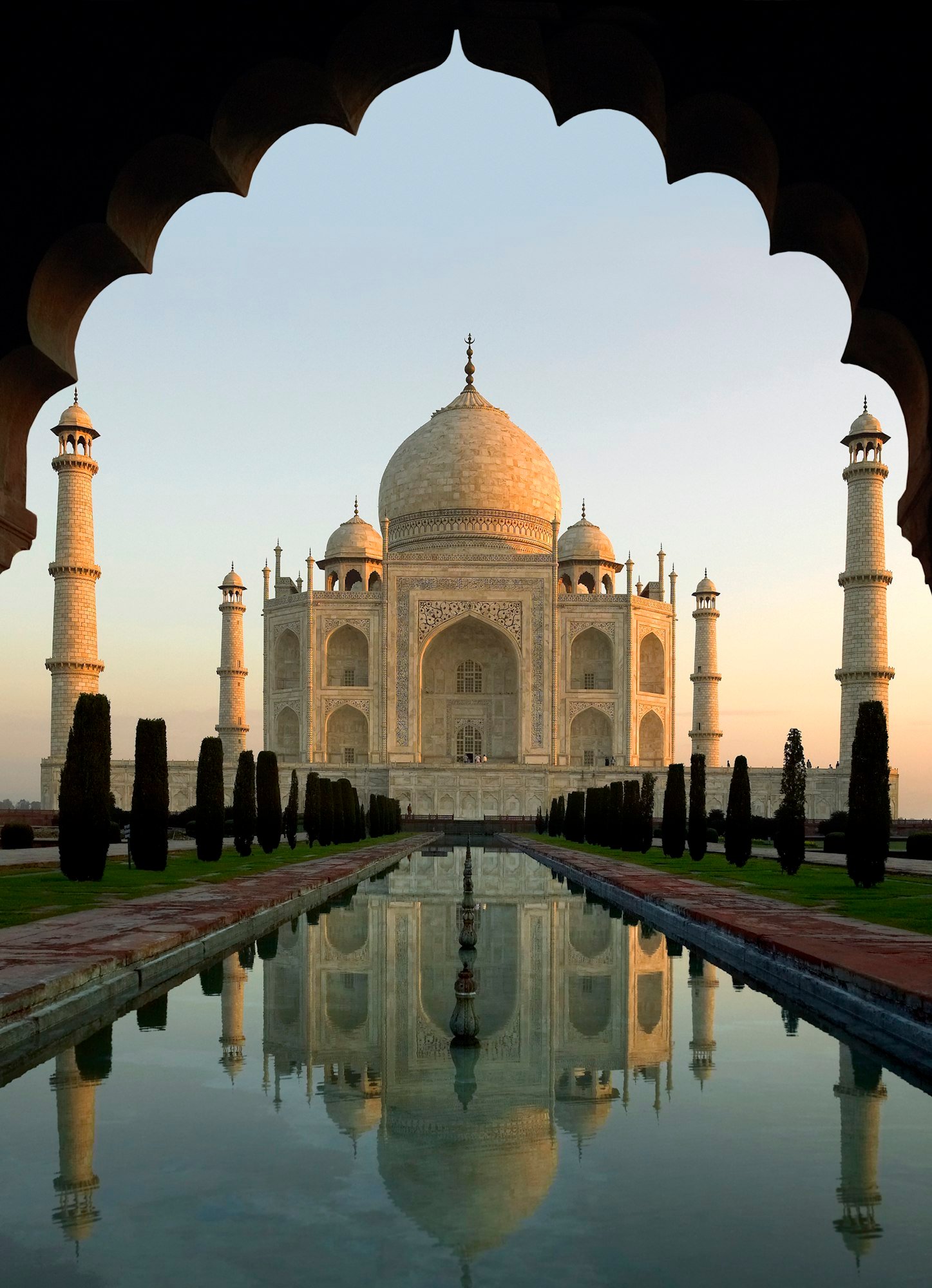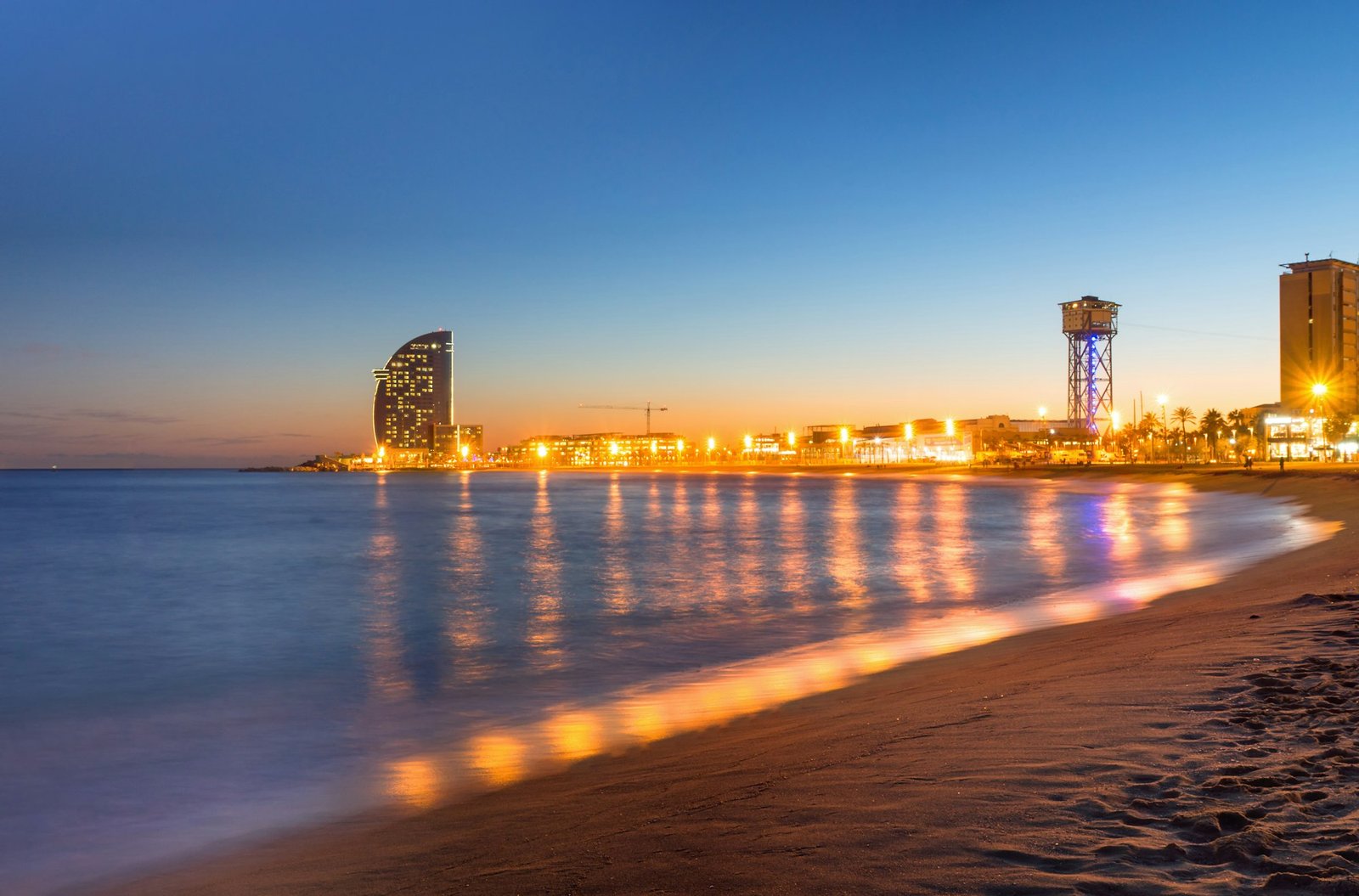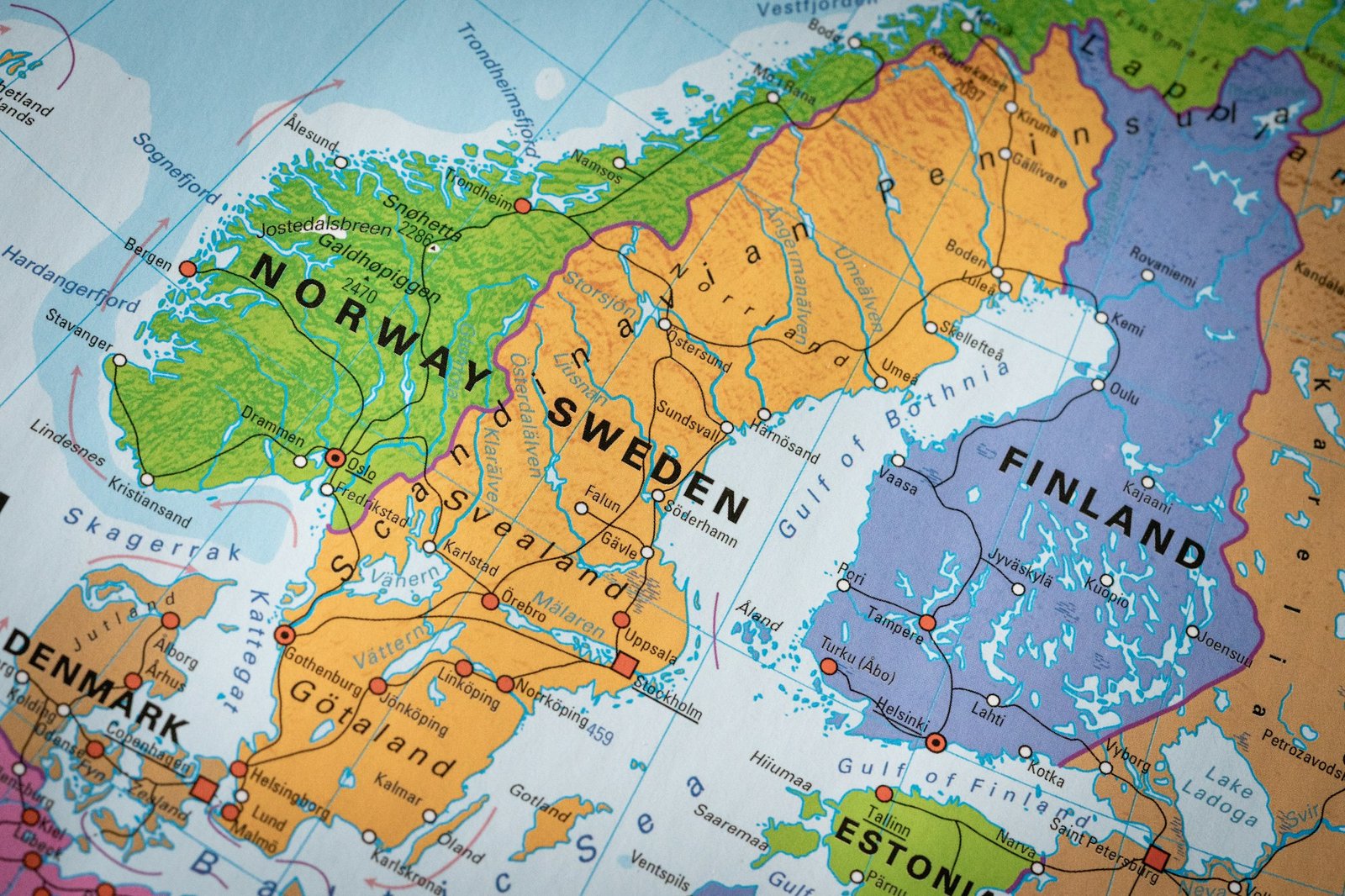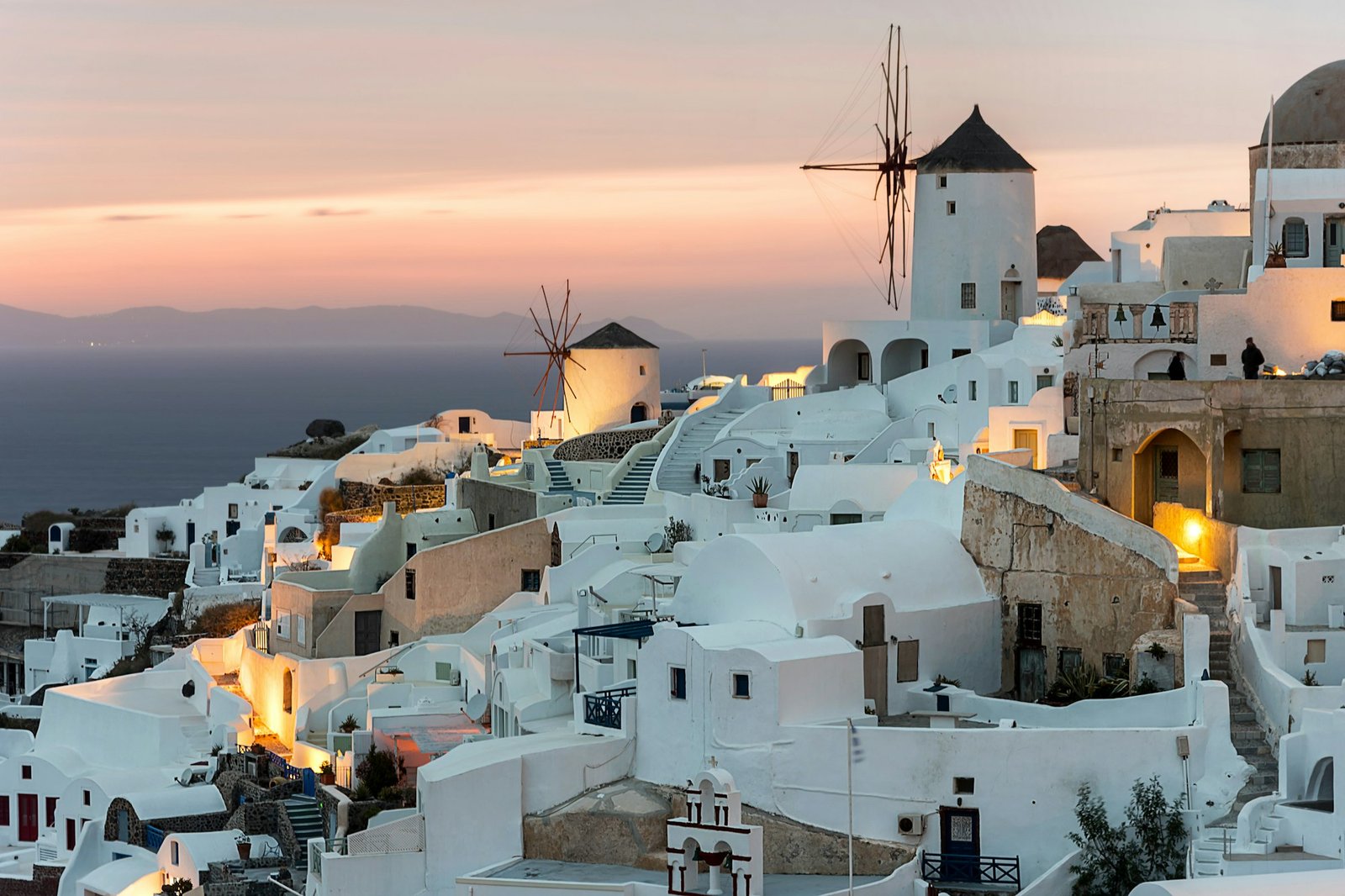Day 1: Arrival in Delhi – A Dance with the Past and Present
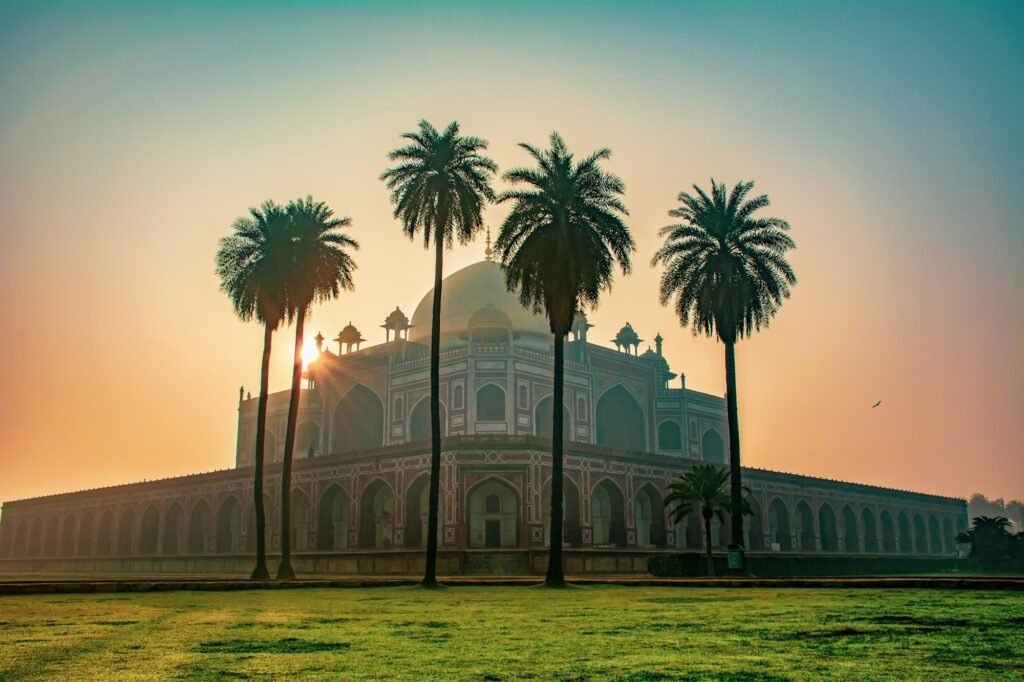
The moment I stepped off the plane, I was met with a symphony of sounds, colors, and scents that can only be described as uniquely Delhi. The air was thick with the aroma of spices and the hum of a city that never sleeps. Delhi is a place where the ancient and the modern coexist in a beautiful, chaotic dance.
I started my day with a visit to the Red Fort, a magnificent structure that stands as a testament to the grandeur of the Mughal Empire. The red sandstone walls seemed to glow in the morning sun, and as I wandered through the intricate halls, I couldn’t help but imagine the lives of those who walked here centuries before me.
From the fort, I took a rickshaw to Chandni Chowk, one of the oldest and busiest markets in Delhi. The narrow lanes were a whirlwind of activity, with vendors selling everything from silk sarees to fragrant street food. I sampled some chaat, a tangy, spicy snack that left my taste buds tingling with delight. The market was overwhelming in the best possible way – a true feast for the senses.
In the evening, I visited the India Gate, a war memorial that glowed softly in the fading light. The atmosphere was calm and reflective, a stark contrast to the frenetic energy of the day. As I stood there, I felt a deep connection to this city – a place where history and modernity exist side by side, each enhancing the other.
Day 2: Agra – The Eternal Symbol of Love
An early morning train whisked me away to Agra, the city that is home to one of the most iconic structures in the world – the Taj Mahal. Even though I’ve seen countless photos of this white marble wonder, nothing could have prepared me for the sheer beauty of seeing it in person.
As the sun rose, the Taj Mahal seemed to glow with an ethereal light, its reflection shimmering in the still waters of the Yamuna River. I stood in awe, contemplating the love story that inspired this architectural masterpiece. Shah Jahan’s devotion to his beloved Mumtaz Mahal is etched into every inch of the marble, making the Taj Mahal not just a building, but a poem in stone.
I spent the rest of the day exploring the Agra Fort, another stunning example of Mughal architecture. The fort’s red sandstone walls and intricate carvings were impressive, but it was the view of the Taj Mahal from the fort that truly took my breath away. The contrast between the fort’s ruggedness and the Taj’s delicate beauty was striking, a reminder of the complexities of love and power.
Day 3: Jaipur – The Pink City’s Royal Charm
Today I journeyed to Jaipur, the capital of Rajasthan, fondly known as the Pink City. Jaipur greeted me with a riot of color, from the pink-hued buildings to the vibrant saris worn by the local women. There’s a sense of regal grandeur here, a city that wears its royal heritage proudly.
My first stop was the Amber Fort, a majestic palace perched high on a hill. As I rode an elephant up the steep path to the fort’s entrance, I felt like a queen, albeit a rather dusty one! The fort’s interior was a marvel, with ornate rooms decorated with intricate mirror work and frescoes. The Hall of Mirrors, in particular, was dazzling, with thousands of tiny mirrors reflecting the sunlight in a glittering display.
Next, I visited the City Palace, a beautiful blend of Rajasthani and Mughal architecture. The palace is still home to Jaipur’s royal family, and as I wandered through its courtyards and gardens, I imagined the grand events that must have taken place here.
As the day drew to a close, I found myself at the Hawa Mahal, the Palace of Winds. This five-story structure, with its hundreds of small windows, was built so the royal ladies could observe the street below without being seen. As I stood there, watching the sun set over the city, I felt a deep sense of connection to the past, to the women who once looked out from these very windows.
Day 4: Varanasi – The Spiritual Heart of India
Varanasi, one of the oldest living cities in the world, is a place where life and death coexist in the most profound way. The city sits on the banks of the Ganges River, a river that is both a source of life and a symbol of salvation.
I began my day with a sunrise boat ride on the Ganges. The river was shrouded in mist, and as the sun rose, its rays illuminated the ghats, the stone steps leading down to the water. I watched as pilgrims performed their morning rituals, bathing in the sacred river and offering prayers. There was a sense of reverence in the air, a quiet yet powerful spirituality that seemed to permeate everything.
Later, I visited the Kashi Vishwanath Temple, one of the most important Hindu temples in India. The temple was a hive of activity, with devotees offering flowers and chanting prayers. I was struck by the devotion of the people here, their unwavering faith in the face of life’s uncertainties.
In the evening, I returned to the ghats to witness the Ganga Aarti, a ritual of light and sound performed to honor the river. As the priests waved lit lamps and chanted hymns, I felt a deep sense of peace, a connection to something much larger than myself.
Day 5: Kerala – Backwaters and Tranquility
After the intense energy of Varanasi, Kerala felt like a breath of fresh air. This southern state is known for its lush landscapes and tranquil backwaters, a perfect escape from the hustle and bustle of the cities.
I spent the day cruising on a traditional houseboat through the backwaters of Alleppey. The boat glided gently through the calm waters, passing by small villages, coconut groves, and lush rice paddies. It was a world away from the chaos of the cities, a place where time seemed to slow down.
The backwaters are a unique ecosystem, home to a rich variety of wildlife and plant species. As I watched the sun set over the water, casting a golden glow on everything it touched, I felt a deep sense of contentment. There is a serenity here that is hard to find anywhere else, a reminder of the simple joys of life.
Day 6: Mumbai – The City of Dreams
Mumbai, India’s largest city, is a place of contrasts. It’s a city where the glittering skyline of modern skyscrapers stands alongside the sprawling slums, where Bollywood glamour exists alongside the gritty reality of daily life.
I started my day with a visit to the Gateway of India, an imposing archway that overlooks the Arabian Sea. From there, I took a boat to Elephanta Island, home to ancient cave temples dedicated to Lord Shiva. The carvings inside the caves were awe-inspiring, particularly the massive statue of Shiva as the cosmic dancer, Nataraja.
Back in the city, I wandered through the narrow lanes of Colaba, a bustling neighborhood filled with shops, cafes, and colonial-era buildings. I visited the Chhatrapati Shivaji Terminus, a UNESCO World Heritage site and one of the most stunning railway stations in the world. Its Victorian Gothic architecture was a reminder of Mumbai’s colonial past, a past that still influences the city today.
In the evening, I strolled along Marine Drive, also known as the Queen’s Necklace because of the way the streetlights resemble a string of pearls at night. As I watched the sun set over the Arabian Sea, the city lights began to twinkle, and I understood why Mumbai is called the City of Dreams. It’s a place where anything feels possible, a city that is constantly reinventing itself.
Day 7: Goa – Sun, Sand, and Serenity
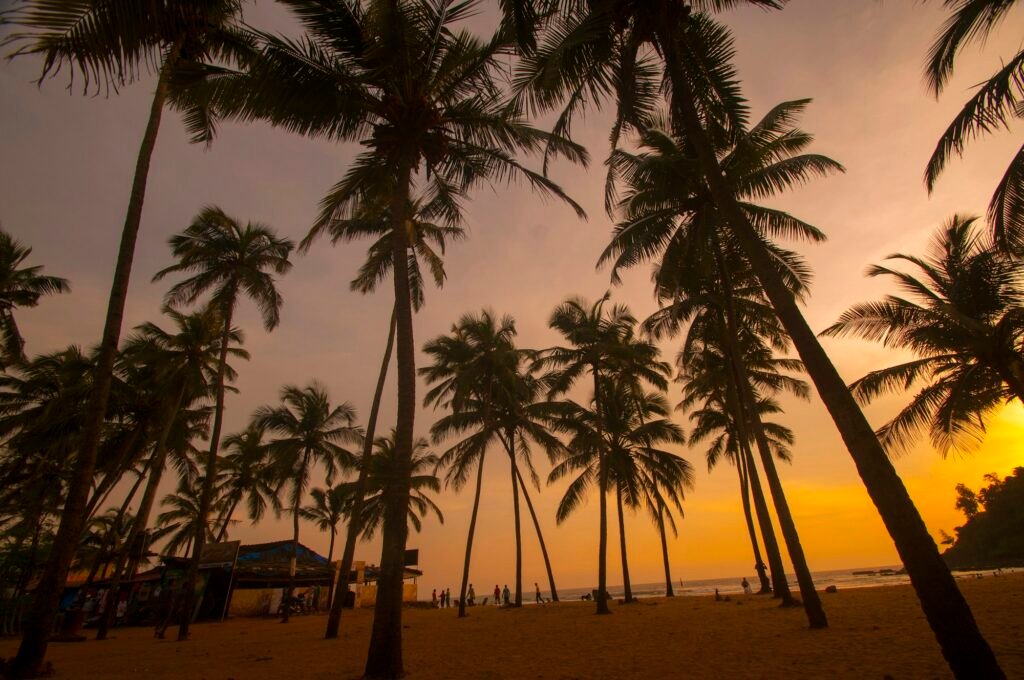
For my final day in India, I headed to Goa, a coastal paradise known for its golden beaches and laid-back vibe. Goa is a place where the pace of life slows down, where the only thing on the agenda is to relax and enjoy the beauty of the surroundings.
I spent the day lounging on the beach, the warm sand between my toes and the sound of the waves in my ears. The beaches of Goa are some of the most beautiful I’ve ever seen, with palm trees swaying in the breeze and the turquoise waters of the Arabian Sea stretching out before me.
In the afternoon, I explored the historic churches of Old Goa, remnants of the state’s Portuguese colonial past. The Basilica of Bom Jesus, with its baroque architecture and sacred relics, was particularly impressive. It was a reminder of the rich cultural tapestry that makes up India, a country where different religions and cultures coexist in harmony.
As the sun set on my final day, I sat on the beach, watching the sky turn shades of pink and orange. There was a sense of calm in the air, a feeling that I was exactly where I was meant to be. India had shown me so many faces – from the bustling cities to the tranquil countryside, from the ancient temples to the modern metropolises. Each place had its own unique charm, its own story to tell.
As I prepared to leave this incredible country, I knew that India had left an indelible mark on my heart. It’s a place of contrasts and contradictions, of beauty and chaos, of ancient traditions and modern dreams. And as I boarded my flight home, I carried with me the memories of this extraordinary journey, memories that I knew would stay with me forever.


